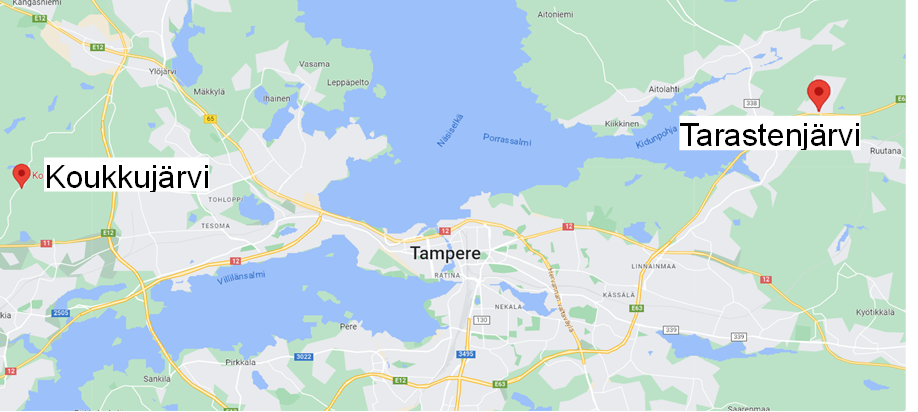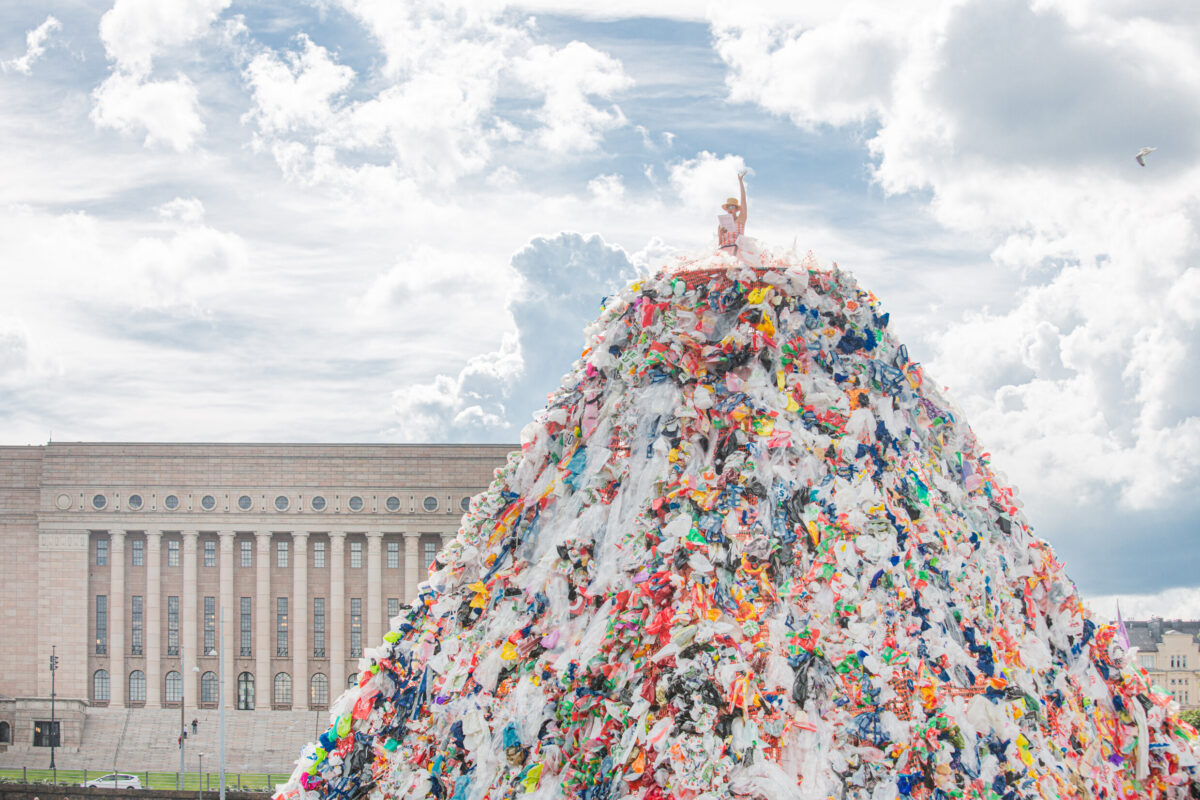Case Tampere | Recycling Campaign for Rigid Plastic Waste
Author: Jaana Koivisto, Ecofellows
In this article we describe how the rigid plastic collection and recycling campaign in Tampere in autumn 2023 was planned and how were the findings and learnings the campaign gained. The campaign was organized by Ekokumppanit with close co-operation with Pirkanmaa Waste Management Company.
Rigid plastic is not under producer responsibility in Finland. A few local processes are in place in the capital region of Finland, but there is not any national wide recycling process existing.
Experiences of a Rigid Plastic Collecting Campaign
Rigid plastic is not under producer responsibility in Finland. Thus, there is not national wide recycling process existing. Few local processes are in place for example in capital area.
Aim of this report is to describe how the rigid plastic collection and recycling campaign in Tampere in autumn 2023 was planned and which kinds of findings and learnings the campaign gained. The campaign was organized by Ekokumppanit with close co-operation with Pirkanmaa Waste Management Company.

Citizens could bring materials to container dedicated to rigid plastic waste. The aim was to see what kinds of plastics were brought to the collection. Thus, the type or size of plastics was not limited anyhow. The only criteria were the waste needed to be rigid plastic. Packaging plastics were not allowed as they have separate collection points.
Sorting and Further Utilization
From the beginning the goal was not only to collect the rigid plastics but also ensure that as much of the materials as possible get back into circulation. The company called Hyötypaalaus Oy was selected as a partner for the further sorting and processing the plastics. The company aims to find reuse and recycling routes for the collected material.
Small scale samples of collected plastics were shredded and taken to VTT for analyses. Goal was to identify the possibilities for mechanical and chemical recycling.
Amount of Collected Plastics
In two-month period total 30.84 tons of waste was collected: 20.14 tons were brought to Koukkujärvi station in Nokia, 10.7 tons were brought to Tarastenjärvi, Tampere.
Composition of Collected Plastics
Composition study for the plastics was done with co-operation with Tampere university of applied science Project work course. The project team planned, conducted, and analyzed the results with co-operation with TREASoURcE project partner Ekokumppanit and Pirkanmaa Waste Management Company.
During the one field day group went through ~1800 kg plastic waste sample. The result shows that over the half of the plastics were PP, 23 % was HDPE and 8 % PVC.


The composition of collected plastics was also discussed with Hyötykeräys Oy, the company processing the waste. Based on them the main plastic types were PP, HDPE and PVC that supports the TAMK’s results. Overall, the waste contained a lot of canisters and barrels. Number of pipes was lower than expected.
Based on the estimation around 55 % was material that could be easily utilized further. Around 22 – 23 % was non-plastics such as insulation materials or metallic parts.
As stated before the estimation from Hyötykeräys was that 55 % of materials could be utilized easily.
Challenging materials included fractions such as:
- PVC: There are some possibilities to utilize PVC pipes, but other PVC items are not circulating. Also PVC pipes are challenging and expensive to process.
- Some HDPE cannisters have fuel residues or markings of hazardous waste.
- Composites and alloys
The technology and processes for plastic recycling is developing in fast speed, which can change the overall picture quickly.
Findings from Collection and Sorting
The feedback from consumers indicated that it was easy to bring rigid plastics to the collection. There were some suggestions that collection points should be close to the residential areas to reduce the threshold for bringing the waste. Some of the answers also pointed out that it is challenging to bring waste in big waste stations if you do not have an own car. There were suggestions that collection could be organized for example at supermarkets.
The feedback from citizens and findings from composition study also revealed that more detailed guidance describing what can be brought to the collection is needed. Especially instructions are needed for following cases:
- Items that have some non-plastic parts
- Possible limitations for the plastic types
- Residues in the items
At the project team there were different views how the collection should be organised. From one angle it is seen that the easiest solution for consumers would be to collect packaging plastics and rigid plastics to the same container. This would decrease the amount of transportation and containers (space) needed for the collection.
The other side is that waste needs to be sorted in some point. According to project team’s knowledge there are not sorting facilities that could efficiently sort all possible fractions. However, even if sorting would have been done already in consumer end the risk of failure is high and some level sorting is needed after collection phase.
Cost
Rigid plastic is not under producer responsibility that means producers do not need to organize and cover the cost related to recycling of them. The cost for collection and recycling needs to be covered in other ways such as fees from consumers bringing the waste.
Organizing the collection in waste stations is more cost efficient than having collection points in several places or for example at supermarkets where more transportation is needed. Also the distance to recycling facility impacts to transportation cost.
The cost for processing the plastic waste decreases when the volume of plastic waste increases. Overall, plastic waste volumes in Finland are rather small that makes the processing challenging.
It was estimated that cost is a strong driver for rigid plastic recycling. From consumer point of view free collection period might have motivated citizens to bring plastics into collection instead of putting them into more costly mixed waste.

